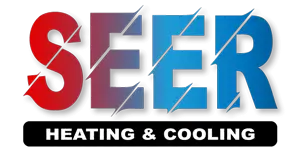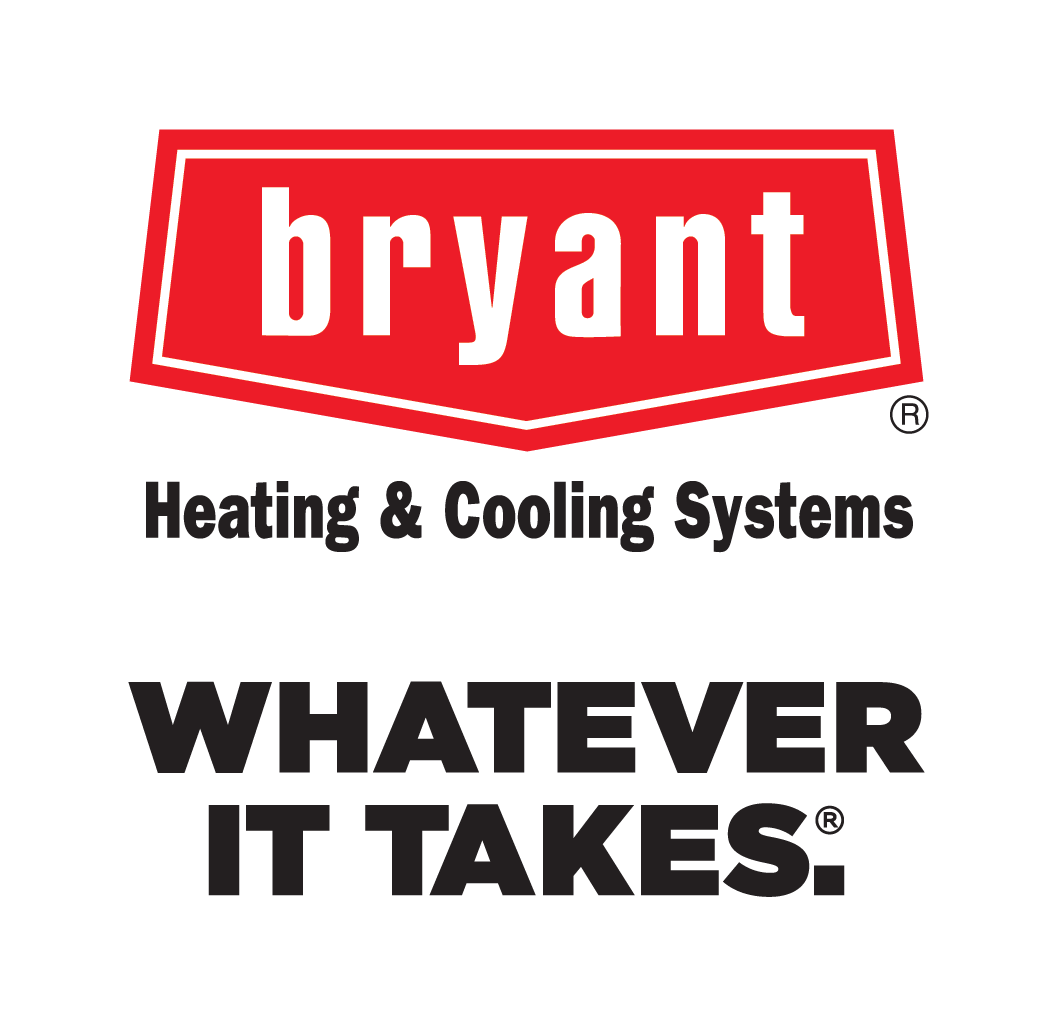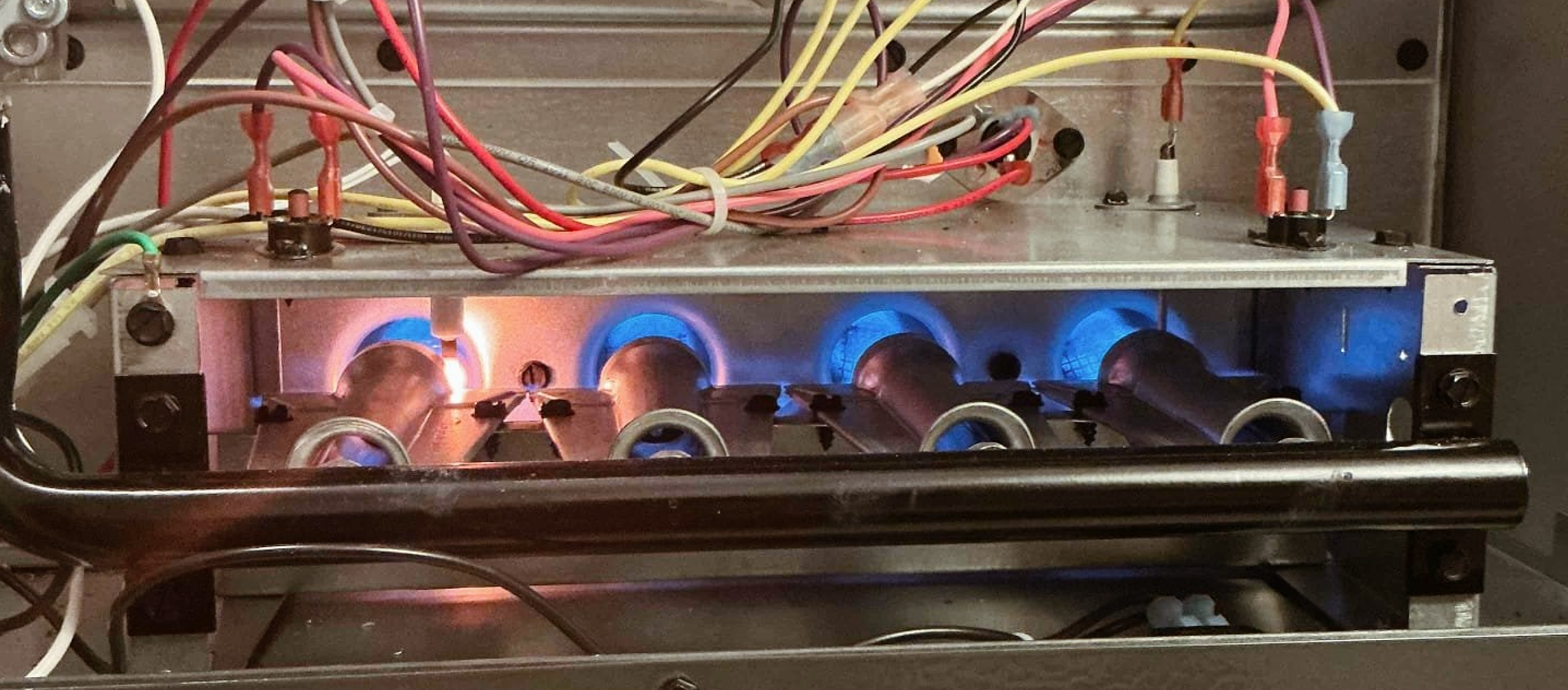Regular heating maintenance keeps your system running safely and efficiently throughout the colder months. Our comprehensive service includes:
- Inspecting and cleaning burners, heat exchangers, and ignition components
- Checking and replacing air filters to ensure proper airflow
- Testing thermostat calibration and system controls
- Lubricating motors and moving parts to reduce wear
- Inspecting flue and venting systems for safe combustion
- Measuring system pressures and tightening electrical connections
- Verifying overall heating performance and efficiency
Scheduling an annual tune‐up not only prevents unexpected breakdowns but also lowers energy costs and extends the life of your equipment. Trust our certified technicians to catch small issues before they become expensive repairs and to keep your home warm and comfortable all winter long.



